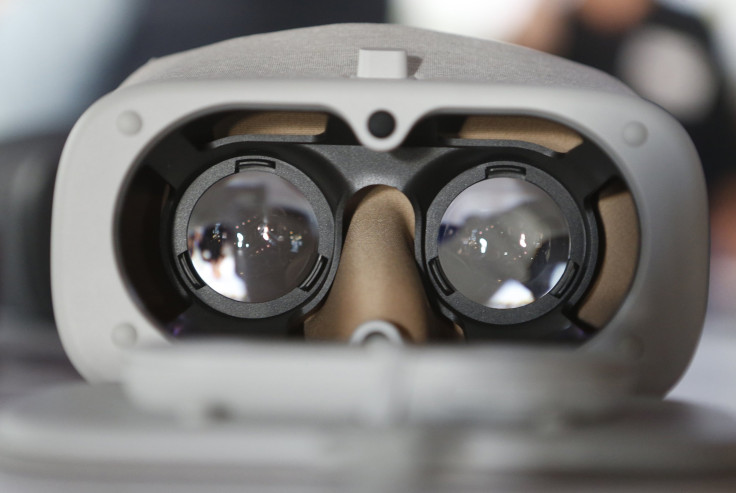Google Chrome Gets WebVR Functionality: Mobile Browser Will Let Users Play Virtual Reality Content On Smartphones

Google has been issuing regular updates to its Chrome Browser, the most recent ones being Chrome 56 and Chrome 57 Beta. The company has now added a new functionality to the mobile version of Chrome, the WebVR, which will let users play virtual reality content in the browser itself, without using a native VR app.
The update was initially rolled out in December to the Chrome 56 Beta with the addition of the WebVR API to the browser. The API, or Application Programming Interface, lets developers create functionality that enables the browser to play VR.
Apart from the WebVR API, Google has added a GamePad API to the browser, which will provide the browser access to inputs from motion controllers placed in VR headsets such as the Daydream View headset and help them interact easily in VR environment.
Generally, users need to put their phone inside a slot in a VR headset, navigate the menu and apps capable of playing VR content. But with the new functionality, users will be able to discover VR content without the need to navigate to different apps. How this works is that the user can simply navigate to a specific webpage and tap on a WebVR experience to watch content or play games in VR.
However, you don’t need an expensive VR headset to access the functionality. You will be able to access it even on the Google Cardboard viewer.
Earlier, Chrome did not support WebVR and therefore the browser was incapable of gathering data of the phone’s positioning, orientation or VR inputs.
The VR capability being added to the browser could change the way users view VR content. It will let websites host 360-degree videos for users, which were previously accessible only on VR apps and therefore users could not access text and VR content at the same time.
The functionality will be added to desktop browsers in the upcoming Chrome 57 release.
© Copyright IBTimes 2024. All rights reserved.





















